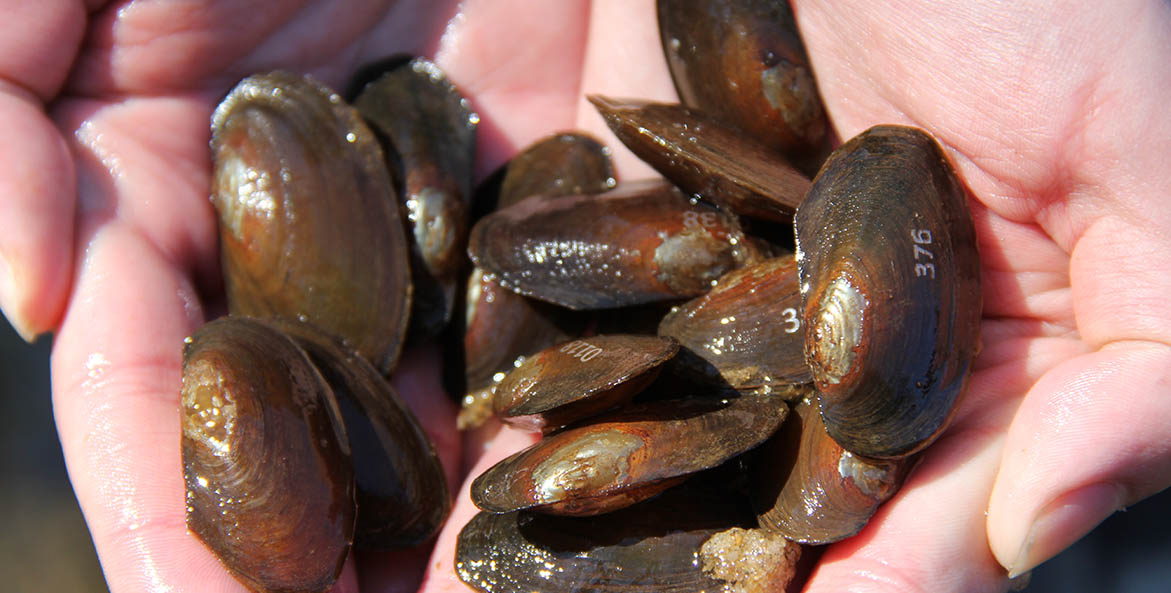The following letter to the editor was first published in The Virginian-Pilot.
The comeback of oysters in Hampton Roads could be a model for another important yet little-known Virginia shellfish—the freshwater mussel. Virginia's oyster population plummeted 40 years ago due to disease and polluted waters. Two parasites sent oysters to devastating historic lows in the 1980s, as reported in the article "A parasite's rapid evolution devastated Chesapeake Bay oysters in the 1980s, study finds" (June 18).
Since then, oyster populations have begun to bounce back, leading to both cleaner water and a stronger seafood industry. This success is linked to both investments in clean water and restoration work, such as the oyster gardeners highlighted in the article "'Oyster gardeners' are planting their crops to clean the Chesapeake Bay" (June 21).
About 80 species of freshwater mussels occur in Virginia's rivers and streams. Like oysters, they are filter feeders that can reduce pollution in waterways.
But mussels now have a similarly bleak outlook to oysters in the 1980s. Nearly half of all mussel species face extinction, threatened by pollution and disease. Recent research shows that mussels in Virginia are experiencing pressures from newly discovered viruses. We may lose some species before we fully understand their many benefits.
While technology has changed, the solution is the same as 40 years ago. Virginia needs to invest in improving waterways and efforts to bring back keystone species such as mussels and oysters. Just like oyster restoration has proven a major success, investing in mussel restoration efforts upstream and restoring the clean water they require holds great promise. With the right decisions today, we will experience benefits for many years to come.
—Joe Wood, Virginia Senior Scientist, CBF



